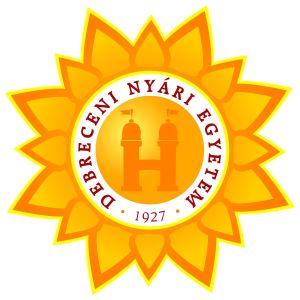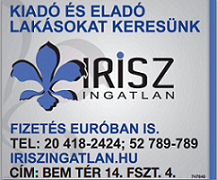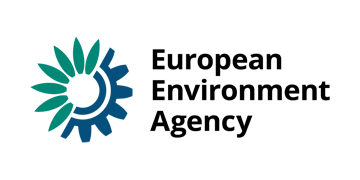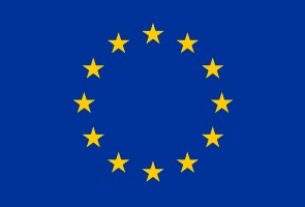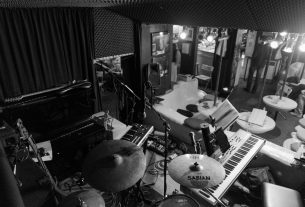European water bodies suffer from agricultural pollution as well as pollution from insufficiently treated waste water from cities, industry and scattered dwellings, according to a European Environment Agency (EEA) report, published today. Artificial barriers, together with navigation, abstraction, aquaculture, and invasive alien species cause additional pressures. However, solutions to tackle the problems exist and should be more widely adopted.
The EEA report ‘’ shows that a broad range of measures are already available to improve the state of Europe’s water bodies. Water retention measures, nature-based solutions and land use change measures offer multiple benefits.
Overall, better and more coherent implementation of the existing legislation — including the Urban Waste Water Treatment Directive, the Floods Directive, and the Water Framework Directive — would reduce key pressures on water. Moreover, all water-using sectors, such as agriculture, energy, mining, aquaculture and navigation, should adopt management practices that can keep water ecosystems healthy and resilient, the EEA report states. These include farming programmes that reduce the use of pesticides, hydropower that ensures passage for fish, stringent fuel standards for navigation, and preservation of river banks.
Currently, key problems include pollution from urban and industrial waste water, diffuse pollution from agriculture, and pollution from mining and dwellings that are not connected to a sewage system. Overall, 22 % of Europe’s surface water bodies and 28 % of the groundwater area are significantly affected by diffuse pollution from agriculture, both by nutrients and pesticides. Deposition of air pollutants, particularly mercury, leads to the poor chemical status of Europe’s water bodies.
Moreover, about 34 % of surface water bodies are significantly affected by structural changes, linked to, for example, stabilising the river channel, water storage, hydropower, flood protection, or irrigation. Structural changes affect river course and flow, which can have a major impact on the river and floodplain biodiversity. Many of the structures are different types of barriers, but for about 40 % of affected water bodies the purpose of the barriers is unclear, the EEA report notes.
Lesser but still important pressures include aquaculture and invasive alien species. Water scarcity and drought events are an increasing problem in many areas of Europe, both permanently and seasonally, the report warns. About 6 % of Europe’s surface water bodies and 17 % of the groundwater area are significantly affected by water abstraction, mainly linked to agriculture, public water supply and industry.
eea.europa.eu


